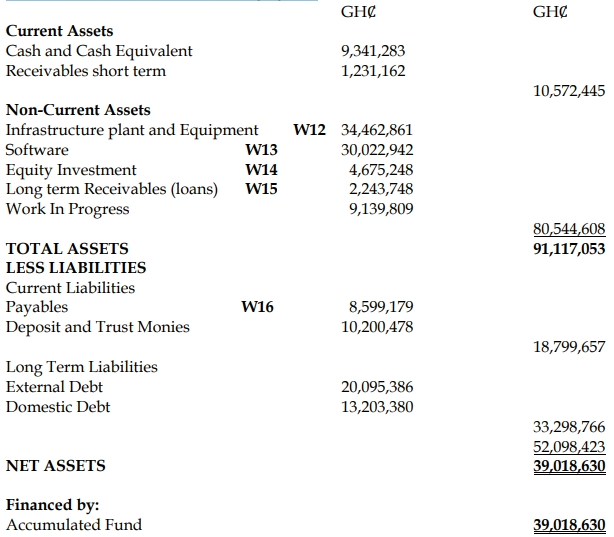- 10 Marks
PSAF – Nov 2024 – L2 – Q3a – Public Financial Management Cycle
Explaining objectives and improvements in public financial management systems.
Question
As part of efforts to improve public financial management, the government has engaged experts to evaluate the entire public financial management cycle. The review report indicates that every component of the cycle is malfunctioning and emphasizes the need for a stronger commitment to building a robust system to achieve the desired outcomes.
Required:
i) Explain THREE key objectives of an orderly and open public financial management system.
ii) Recommend TWO ways of enhancing each stage of the public financial management cycle towards the attainment of desired outcomes.
Find Related Questions by Tags, levels, etc.
Report an error


